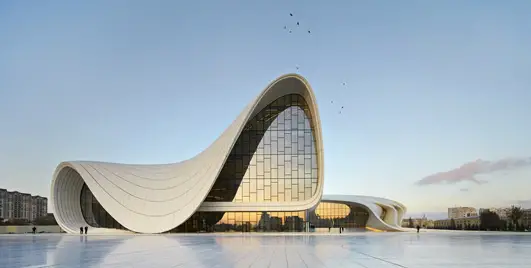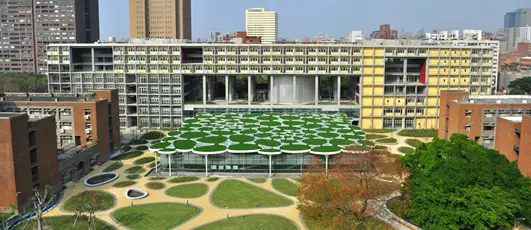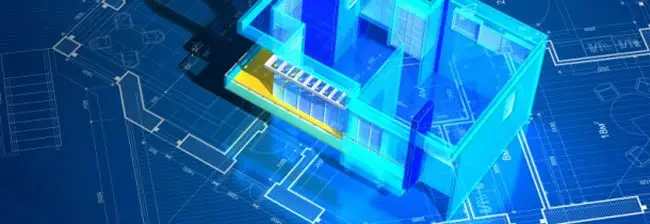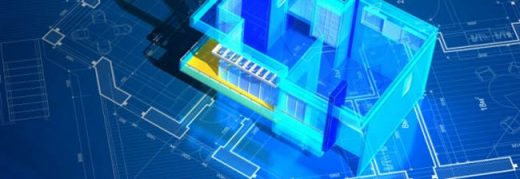Understanding Energy Modeling and Building Simulation, VR Architecture, Architectural Design
Energy Modeling and Building Simulation
VR Design Discussion – Virtual Representation article by Gaurang Trivedi
10 Nov 2014
Understanding Energy Modeling and Building Simulation
Architecture Virtual Representation
Energy Modeling is the virtual representation of a building’s energy consumption, its utility bills, the lifecycle costs, and use of items related to and including but not limited to – air-conditioning, heating, water heating and ventilation, etc. The energy simulation techniques are also used to evaluate, analyze and validate the introduction of green and energy efficient solutions such as solar panels, photovoltaic’s, wind turbines etc.
What is Energy Simulation?
Energy Simulation In Building Design – is a method of modeling a virtual replica of a building structure and simulating (virtually replicating) the energy interactions within this building in order to evaluate energy consumption and find out ways to ensure higher energy efficiency. In this process, the weather conditions that a building withstands all through the year are also taken into consideration.
Hence we can say that building simulation helps quantify the amount of energy consumed, and predict the amount of energy that a building consumes in future during its entire lifecycle. The simulation technology can be primarily divided into two categories: Load design and Energy analysis
Load Design Determines:
- Air conditioning loads (amount of energy required for cooling and heating purposes)
- Requirements of volumetric air flow (the amount of air required for heating and cooling)
- Equipment capacity (determine how much space an equipment is capable of cooling/heating effectively)
- Supply temperatures
- Hydronic plant capabilities
- Comparison between equipments to determine the best and the most efficient for cooling and heating equipment that fits the requirement criteria
Energy Analysis Helps:
- Predict monthly and annual energy consumption and the resulting utility bills
- Predict amount of CO2 emissions of a building and device solutions to lower carbon footprints
- A detailed comparative analysis of different efficiency options
- Analyze and quantify the lifecycle payback of various energy efficiency implementations
Benefits of Energy Modeling for Stake Holders:
All the people related to a construction project, the engineers, manufacturers, owners and occupants alike are benefited due to Building Energy Simulation and Optimization followed by the implementation of energy efficiency solutions.
While engineers are freed of their struggle with giant spread sheets, for manufacturers it becomes easy to quantify the savings of a project. For building owners, energy efficient building means high value proposition and for occupants (owners and tenants) the lowered utility bills are to what it translates.
As an individual, the benefit is this that a green energy efficient building, contributes towards an improved environment and causes less damage to the eco system by using less energy and by reducing overall emissions.
To Do List: Before Starting Energy Modeling
- Collect building location and geometry data
- Understand the general operation of a building
- Get detailed information about use of materials for walls, windows, shading coefficients, u-values etc.
- Get a detailed report of all the interior load values
- Understand the zoning requirements
- Recognize the system type (get answers to questions like DX coils or chilled water? Constant volume or VAV? etc.)
Energy Modeling and Building Simulation Technology and Tools
In order to simulate the energy consumption within a building, the appropriate software needs to be used. A wide plethora of software options are available; & some of which include Autodesk Ecotect, eQUEST, EnergyPlus, DIALux, Revit and Relux.
However, effective project management, design and implementation of the best energy efficiency solutions cannot be guaranteed by any software. The quality of services depends on the skills, experience and knowledge of the energy modeling and sustainability expert.
Such people are extremely difficult to find, let alone hire and retain them. As a result several organizations across the AEC industry prefer outsourcing.
TrueCADD is a leading energy modeling and analysis service provider based in India. The company provides all types of building design and sustainability solutions for new built and exiting occupant structures through energy simulation and analysis.
About the Author:
Gaurang Trivedi is engineering consultant at TrueCADD. Besides, donning multiple hats, as a website manager and marketing in charge, he also oversees the editorial content, coordinating and managing the website, its news sections, blogs and social media promotions as well.
Energy Modeling and Building Simulation image / information from Gaurang Trivedi
Architecture Articles – Selection
Real Synthetic Architecture : article by Brian Carter

photograph : Hufton + Crow
Architectural Narrative : article by Trevor Tucker
Old World / New World Architecture : article by Brian Carter
International Architectural Designs
BIM building information modelling
Sustainable Architecture Design : article by Trevor Tucker. Aug 2009

photograph courtesy of Toyo Ito & Associates
Comments / photos for the Energy Modeling and Building Simulation Article page welcome





